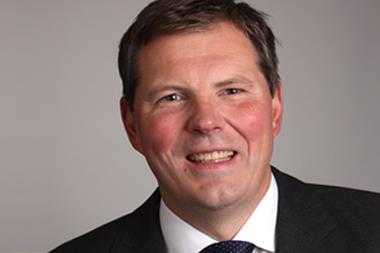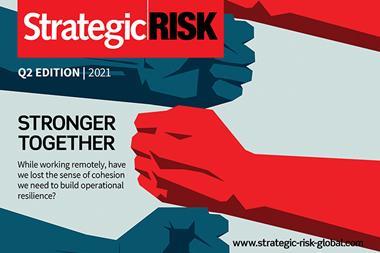As safety systems and risk mitigation become more complicated, the likelihood of a crisis increases

The collapse of the Lehman Brothers in 2008 and the incidents that brought Lloyd’s to the brink of bankruptcy in the 1980s have many similarities, offering fundamental lessons in risk management.
Ahead of his keynote speech this afternoon, economist and journalist Tim Harford spoke to StrategicRISK about how, at a basic level, there are common factors between corporate and industrial crises, namely that safety systems are too complex, create unintended consequences and fail to mitigate the primary risk.
Harford mentioned two incidents that brought Lloyd’s of London to its knees: London Market Excess of Loss (LMX) spiral, which began in 1983, and the Piper Alpha oil rig explosion in 1988.
The LMX spiral involved Lloyd’s LMX syndicates reinsuring each other and issuing excess-of-loss policies to deal with major losses relating to asbestos-related claims, instead of transferring risks elsewhere. This reduced the funds available to pay losses. Similarly, the Piper Alpha oil rig in the North Sea explosion triggered several excess-of-loss policies.
The initial cost to Lloyd’s was $1bn (€645m) – one of the largest single insurance claims ever made – but after several excess-of-loss policies, the total of claims across the market reached about $16bn, according to the Financial Times.
The same level of complexity contributed to the latest financial crisis, argues Harford, because firms were using multiple ways to insure themselves against risk, such as credit default swaps, which “made everything more complicated, and complexity creates unintended consequences,” he says.
Points of action
Harford then went on to explain that complex safety systems can lead to and exacerbate risks. He outlined three points of actions for risk managers to avoid overcomplicated systems.
“The first point is to reduce the fundamental hazard − the primary risk to the business,” Harford says. By way of example, he explains that the fundamental risk in the financial sector is bankruptcy. “Financial firms fund themselves through debt or equity, but borrowing money increases the fundamental risk of bankruptcy because the firm may not be able to repay the money.
“Underpinning the financial crisis were extreme levels of borrowing and leverage, which meant firms had a low margin for error if things went wrong.”
Harford’s second point concerns poor lines of communication, which is often at the heart of accidents and disasters.
“When the financial crisis began, regulators had poor information about what was going on and didn’t have the information they needed to make decisions.
“When the regulators cut the Lehman Brothers off, they were merely guessing the consequences.
They didn’t know who Lehman Brothers owed money to or where the distress might spread in the system.”
Harford’s final point is to protect and reward whistleblowers, because employees are usually the first to spot malpractice. However, he says individuals may be discouraged to report malpractice by historical cases of whistleblowers being treated as scapegoats and punished through criminal prosecutions and/or relieved of their position.
Firms should encourage whistleblowing to reduce the risk of insider crime and prevent a crisis from unfolding, Harford argues.
“It’s not complicated; to encourage whistleblowers a firm must protect and reward individuals who come forward,” he says.
Risk may differ across industry, but the basics of risk management are universally applicable, according to Harford. Simply put: complexity creates chaos.




















No comments yet